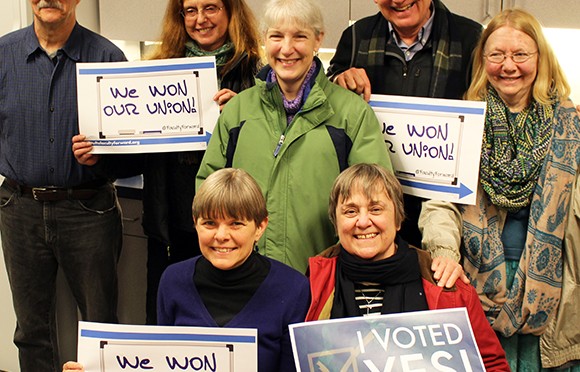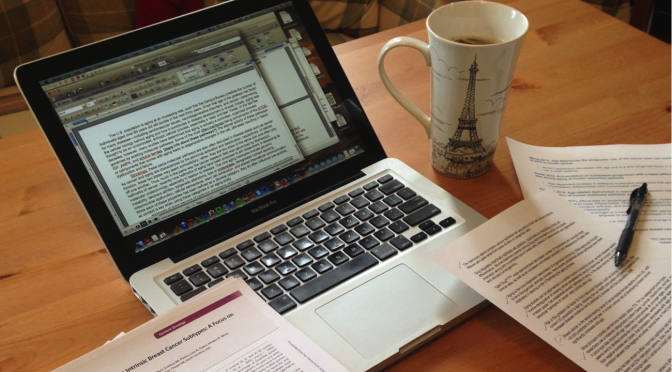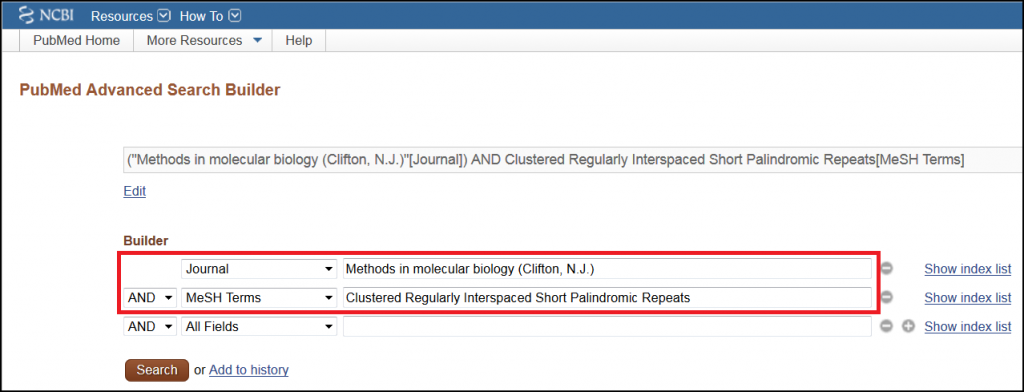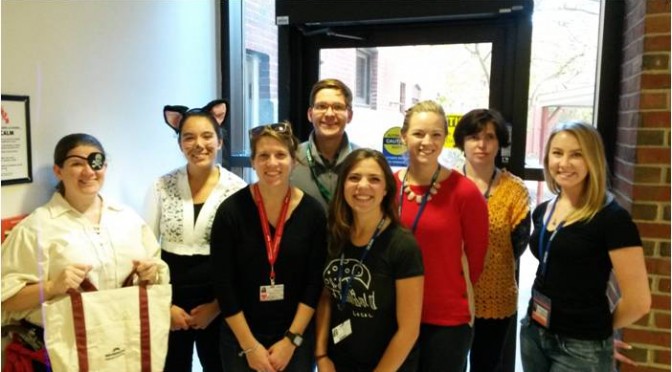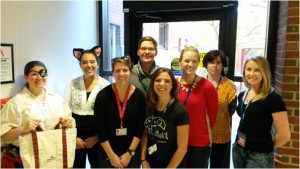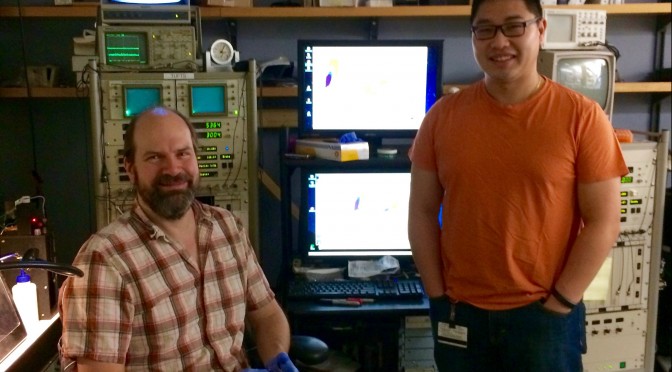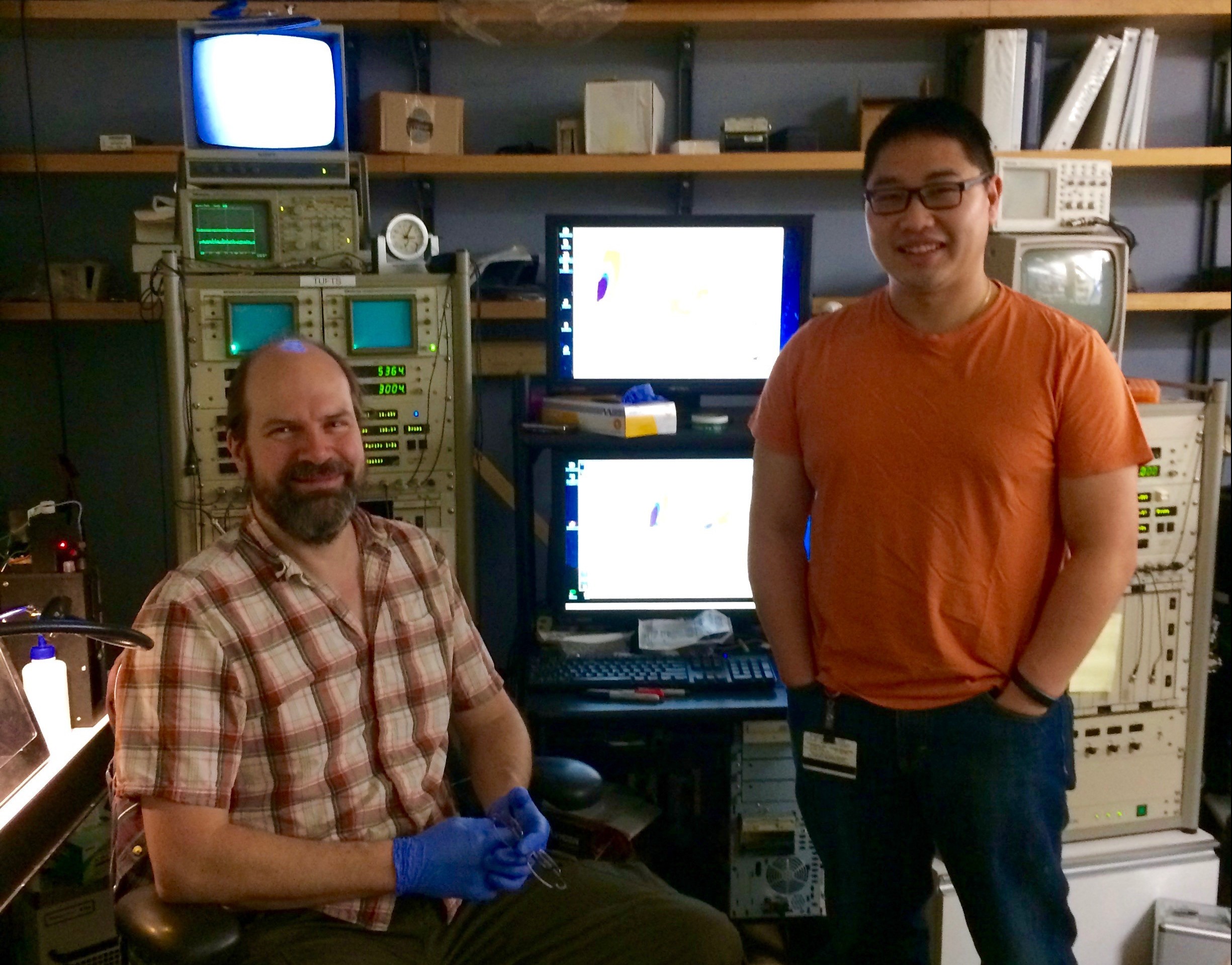This year, Valentine’s Day may end up being a little less sweet, at least for those following the new 2015-2020 Dietary Guidelines for Americans. This most recent report on the current status of nutritional health in the U.S. suggests reduction in sugar intake as one major priority for improving the diet of the American public. While not a particularly unexpected suggestion, sugar overconsumption was emphasized more than in past reports, which primarily focused on decreasing total calorie consumption as well as sodium and saturated fat intake. While the report also dictated that these latter two troublesome nutrient groups also be consumed less, it was sweet versus savory that emerged as the one of the more challenging adversaries to healthy diet that needs to be faced in coming years.
This eighth edition of the guidelines was released at the start of the new year by the U.S. Department of Health and Human Services (HHS) and the U.S. Department of Agriculture (USDA). Updated every five years since its introduction in 1980, this report not only outlines the current state of nutritional health in the U.S. but also provides standards for improvement over the next five-year period. Each report encourages changes in Americans’ diet to improve overall health and prevent disease by suggesting key recommendations for beneficial food and beverage consumption as well as methods that organizations can use to enforce their implementation.
To make these recommendations, a Dietary Guidelines Advisory Committee consisting of leading nutrition scientists and medicals experts reviews available nutritional data in the form of existing literature reviews, committee-generate literature reviews, national data from federal agencies, and food pattern modeling analyses. From there, they summarize the scientific evidence and the corresponding proposals for dietary changes to pass off to a combined HHS and USDA policy contingent that assembles the final report. Professionals from federal and private organizations can then use this report to direct and shift public perception and practices regarding nutrition. The ultimate goal is to have these changes then improve public health in relation to diet and overall well-being.
Currently, about 60% of the U.S. population over two years of age exhibits a healthy eating index, while only around 20% meet physical activity guidelines. However, this is contrasted by the fact that over half the population of American adults has one or more diet-related chronic diseases. Thus, this year’s report framed its key recommendations in the context of being necessary to reduce chronic disease; specifically, they highlighted how a healthy diet can reduce the risk or progression of obesity, type-2 diabetes, and cardiovascular disease. It argues that encouraging disease prevention through healthy diet would not only improve quality of life, it would also reduce national medical expenses by a significant amount. Chronic disease focus was an expansion of previous years’ disease prevention aims, which centered on weight and obesity alone.
“This edition of the Dietary Guidelines focuses on shifts to emphasize the need to make substitutions—that is, choosing nutrient-dense foods and beverages in place of less healthy choices—rather than increasing intake overall.” – 2015-2020 Dietary Guidelines for Americans.
As such, the key recommendations in previous reports emphasized calorie intake in addition to calorie balance (intake versus expenditure of calories) as crucial to maintaining health-beneficial weight. In contrast, this year’s report instead put the term eating patterns in the spotlight, with emphasis on variety within food groups and nutrient density, as part of their five key recommendations (see Box 1). While earlier editions of the guidelines also encouraged these three principles, the 2015-2020 Dietary Guidelines push them front and center as a way to encourage the American public to make more long-term, and thus hopefully longer lasting, changes to their diets.
Box 1: Terms to Know
Eating pattern: The combination of foods and beverages that constitute an individual’s complete dietary intake over time.
Nutrient dense: A characteristic of foods and beverages that provide vitamins, minerals, and other substances that contribute to adequate nutrient intakes or may have positive healthy effects, with little or no solid fats and added sugars, refined starches, and sodium.
Variety: A diverse assortment of foods and beverages across and within all food groups and subgroups selected to fulfill the recommended amounts without exceeding the limits for calories and other dietary components.
The revised Dietary Guidelines themselves are not particularly different than past years and are what you would expect. Lots of veggies and fruit, some dairy, protein and grains, with limited amounts (<10% of overall calorie intake) of salt, fat, oil, and sugar is the recommended pattern of eating for the U.S.-style diet plan. Two alternatives were also described, where the Mediterranean-style plan contains more fruit and seafood and less diary while the Vegetarian plan obviously eliminates meat, poultry, and seafood while emphasizing legume, soy product, and whole grains intake.
In addition to listing daily intake amounts and limits for the food groups, each plan also frames these recommendations in the context of weekly amounts and limits. The unique aim of this dual description is to encourage more flexibility in adhering to the guidelines. It will hopefully allow Americans to recognize even if they cannot consistently meet daily quotas of appropriate nutrient and food group intake, they still can adhere to a healthy eating plan on a broader time scale.
The report also placed heavy emphasis on considering the nutrient density of consumed food. For example, a glass of juice serves as a fruit serving, but eating ‘whole fruit’ such as an apple or orange is better, as is eating whole grain bread over other types. The lack of variety in food groups—especially vegetables and protein—consumed by Americans was also a concern. Specifically, more range in veggie types (dark green, red and orange, legumes, and starchy) as well as a shift away from meat and poultry towards seafood was encouraged. Again, these are suggestions that have been made previously by the USDA and HHS, but combined with the flexibility from the newly emphasized weekly guidelines and eating patterns as a whole, the hope is to increase specifically the ease of following these nutritional recommendations.
The report also warns to keep an eye out for hidden sources of nutrient groups that should be ingested in limited amounts and have been linked by moderate to strong evidence to chronic disease (such as sugar, saturated or trans fats, sodium, and oil). For example, many types of meat are a source of high saturated fat, and yogurt can often contain high amounts of sugar, with processed foods and mixed dishes (such as burger or pasta plates) at restaurants typically containing significant amounts of salt. Given that the average American consumes almost twice the recommended levels of both sugar and salt in their diet, shifting eating patterns to lessen intake of these disease-linked food groups would be one significant way of improving general health.
To shift American diet towards a healthier nutritional composition, the guidelines helpfully provide a wide variety of suggestions in how to make this change. To incorporate more fruits and vegetables, they suggested skewing the balance of mixed meals towards these groups. For example, making an omelet for breakfast or a stir-fry for dinner that is composed of more vegetables than meat or poultry. They also give specific examples of how to make healthier exchanges in other food choices: celery and humus instead of chips and salsa, baked chicken over fried, an apple or unsalted nuts instead of commercially made granola bars, and oil instead of butter or shortening for cooking. It emphasizes that small modifications, when combined with one another, can compound into large changes to diet that, if maintained, can lead to beneficial improvements in health.
One outstanding gender-specific suggestion included reduced meat consumption by teen and adult males, who tend to over-consume that food subgroup. Additionally, adolescents and young adults as a whole typically demonstrate the worst adherence to past guidelines. This report’s heavy focus on how to shift eating patterns towards more nutrient-dense options hopefully will encourage adoption of healthy nutrition at a young age that will then be preserved into adolescence and adulthood.
Improving access to healthy food both outside and inside American homes was a major hurdle that the Dietary Guidelines identified in implementing these shifts in eating patterns. Grocery store development and access to other sources of food such as farmers markets, shelters, food banks, and community gardens or cooperatives were specific examples provided for how government and private sector professionals can make that challenge smaller. Household food insecurity—defined as the lack of consistent maintenance of healthy food choices within a home—was also a major concern, especially for families or individuals who struggle financially. Educational and nutrition assistance programs would need expansion and increased penetrance into communities to combat this issue in a more effective manner, especially given this report’s focus on healthy diet patterns that have longevity.
More than anything else, the Dietary Guidelines, 2015-2020 heavily emphasizes cementing long-term healthy eating habits by encouraging variety and flexibility in food choices over counting total calories or quantifying diet by calories alone. Directing changes to national nutrition in this way will hopefully begin to address the significant need for large changes in American diet required to reduce chronic disease in our population.

